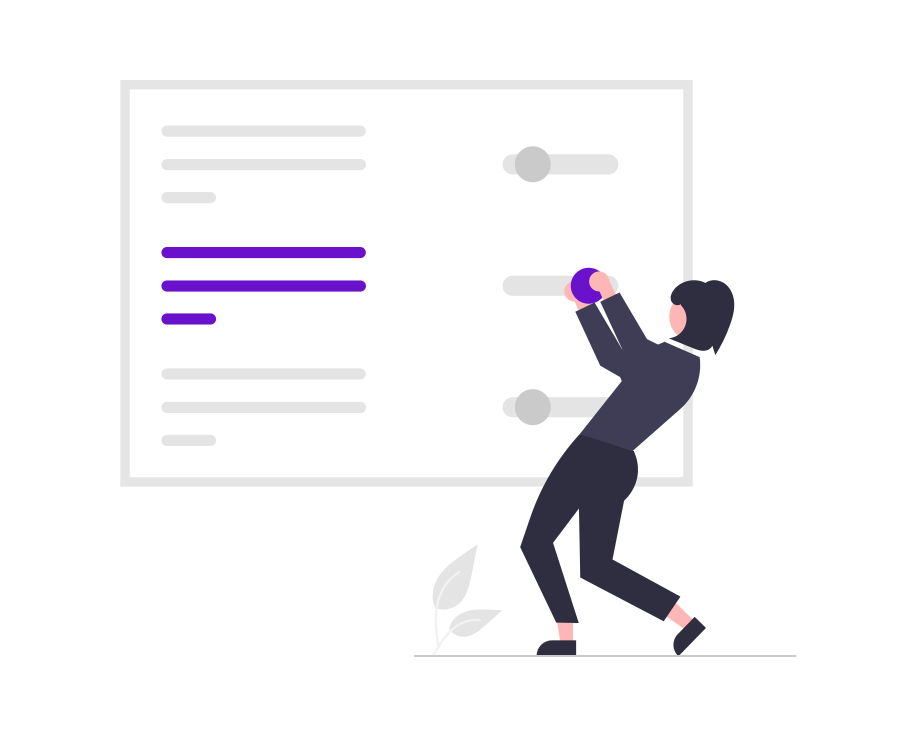The landscape of B2B SaaS pricing is evolving. Traditional subscription models, which have long been the standard, are being increasingly challenged by usage-based and value-based pricing models. These innovative approaches offer a more tailored, customer-centric way to charge for services, aligning costs with actual usage and perceived value. This transition not only meets customer preferences but also opens up significant revenue opportunities for SaaS providers.
Understanding Traditional Subscription Models
Traditional subscription models charge customers a fixed fee, typically on a monthly or annual basis, for access to software services. This approach offers predictability and simplicity, both for the customer and the provider. However, it often fails to account for the varying levels of usage and value that different customers derive from the service.
The Shift to Usage-Based Pricing
Usage-based pricing charges customers based on their actual usage of the service. This model aligns costs with consumption, making it inherently fairer for customers who only pay for what they use. For providers, this can lead to increased revenue from high-usage customers and a more scalable pricing strategy.
Benefits of Usage-Based Pricing:
- Flexibility for Customers: Customers appreciate the flexibility of paying for what they use, especially in fluctuating business environments.
- Scalable Revenue: As customers grow and use more of the service, revenue scales naturally.
- Reduced Churn: Customers are less likely to cancel if they feel they are paying fairly based on usage.
Implementing Usage-Based Pricing
Transitioning to a usage-based model involves several steps:
- Identify Key Metrics: Determine which usage metrics (e.g., API calls, data storage) will be used for pricing.
- Develop a Billing System: Implement a robust billing system that can track and charge based on these metrics.
- Communicate Changes: Clearly explain the new pricing model to customers, highlighting its fairness and flexibility.
Exploring Value-Based Pricing
Value-based pricing charges customers based on the perceived value they derive from the service. This model requires a deep understanding of how customers use the product and the benefits they gain.
Benefits of Value-Based Pricing:
- Maximized Revenue: By aligning price with value, providers can capture more of the value they deliver.
- Customer Alignment: This model ensures that customers are only paying for the value they receive, leading to higher satisfaction.
- Competitive Advantage: Offering a pricing model that directly correlates with customer success can differentiate a provider in a crowded market.
Implementing Value-Based Pricing
To successfully implement value-based pricing:
- Customer Research: Conduct detailed research to understand the different segments of your customer base and the value they derive from your product.
- Value Metrics: Identify key metrics that represent the value your product delivers (e.g., cost savings, revenue gains).
- Dynamic Pricing: Develop a pricing structure that can adapt to different levels of perceived value.
Challenges and Considerations
While usage-based and value-based pricing models offer numerous advantages, they also come with challenges:
- Complexity: Both models require sophisticated tracking and billing systems.
- Customer Education: Customers need to understand how these models work and why they are beneficial.
- Market Fit: Not all products or markets are suited to these pricing models. Providers need to assess their fit carefully.
Conclusion
The transition to usage-based and value-based pricing models represents a significant shift in the B2B SaaS industry. By aligning pricing with customer usage and perceived value, providers can enhance customer satisfaction and unlock new revenue opportunities. While the transition may be complex, the long-term benefits make it a compelling strategy for forward-thinking SaaS companies.


